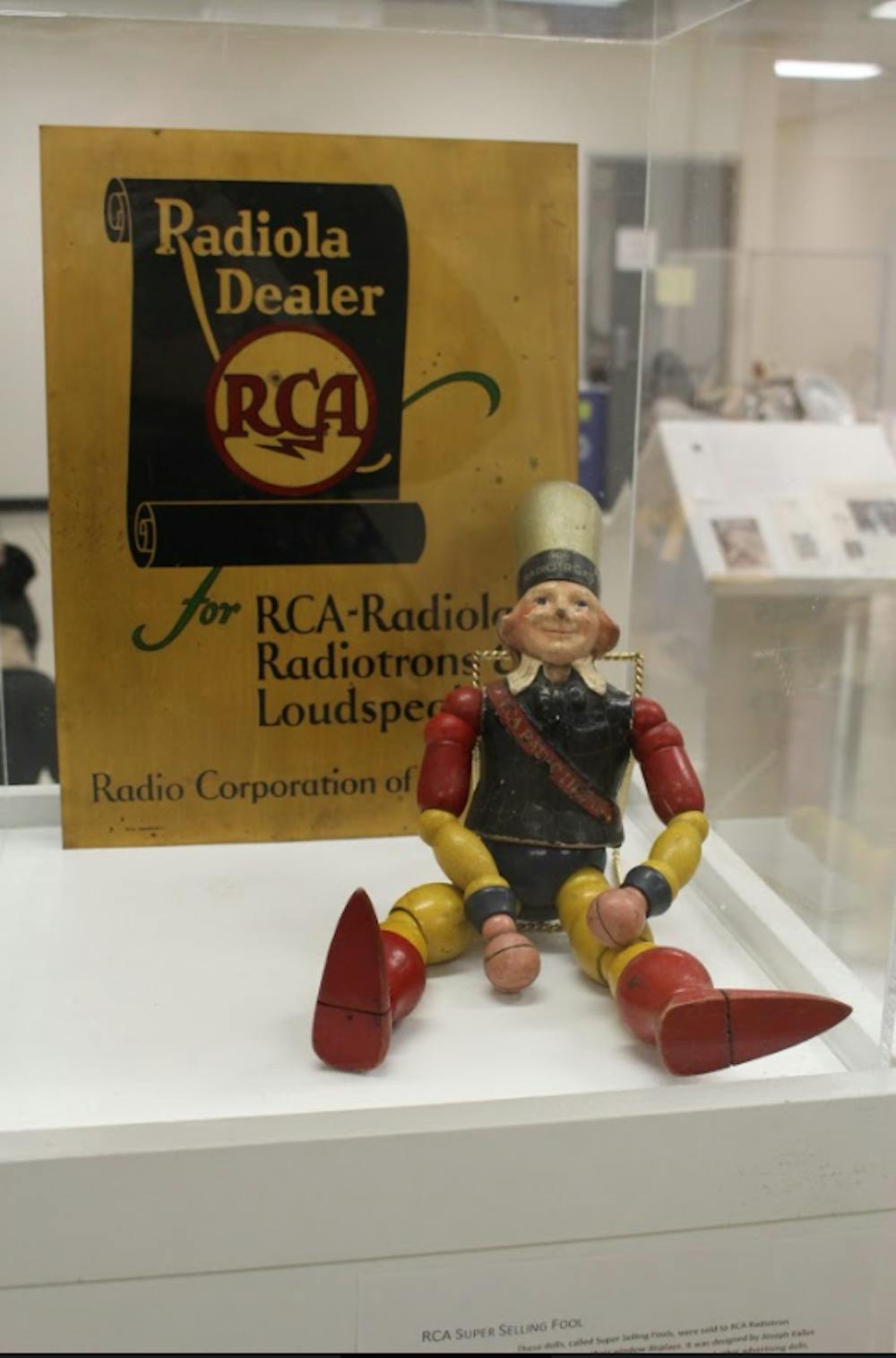By Chelsie Derman
Staff Writer

Honoring the Radio Corporation of America’s 100th birthday, citizens came to celebrate innovation on Sunday, Nov. 17, at the Sarnoff Collection in Roscoe West Hall.
Beginning at 11 a.m., the event offered a chance for anyone to come in and immerse themselves in RCA’s history. From stands with old newspaper pages to dated advertisements, guests got a feel the vast impact of RCA at the time of its creation.
“RCA was the Apple of the 1900s,” said Shayla Nolan, a senior art education major. “All the main developments in recent technology were stemmed from this. So once again, radio, television, color television, all video recording like the video recordings of the moon landing — that is all RCA.”
RCA, got its official name on Nov. 20, 1919, as it was previously known as the Marconi Wireless Telegraph Company of America before General Electric Company took over and gave it its modern name. However, David Sarnoff, who was involved with the previous company, kept his position as the commercial manager.
The event commemorated the establishment of RCA. From older guests reminiscing over the vintage radio systems to families with young children getting a hands-on learning experience, all guests were able to celebrate the creation of RCA.
Early in the event, guests had the opportunity to create a paper circuit birthday card. Some students, as well as young children, participated in the event, where they crafted cards and learned how light works.
Sarnoff curator Florencia Pierri described step-by-step how to make the card light up — first by using copper tape to create a circuit and then connecting it to the battery to produce light.
While a limited number of guests could create the paper circuit card, other guests surveyed the room, looking at RCA inventions such as the ColorTrak EFR291 Television, which was released in February 1981 and was the smallest portable color television at the time.
Another interesting creation was the sound tape cartridge player, which was introduced to the public in 1959, but the system itself was not a success until the development of the eight-track system in 1964.
Not only were these inventions on display, but also guests could play games on a computer with an old fashioned keyboard. Set up in the side of the room was a computer, programmed with the games of Joseph Weisbecker, a computer development engineer at RCA.
Guests could play old games, which looked like a rectangle traveling along the screen. For Weisbecker, most of his games were logic puzzles, which allowed players to get an insight of the inner workings of computer programming.
Pierri also expressed how important RCA is today.
“It was a really huge influential company in its era,” Pierri said. “The things we use for our phones, our cameras, our computers are also developed here.”
Pierri pointed out how RCA researchers invented LCD and LED screens, which people use on a daily basis.
From making paper circuits to learning about the crystal set and how the vintage radio was produced, guests got to reminisce about RCA’s rich history, which has had a major influence on the technology-based world of today.
“It’s sad because it can be kind of forgotten sometimes,” Nolan said. “But it’s the hub of how everything has become the way it is.”







